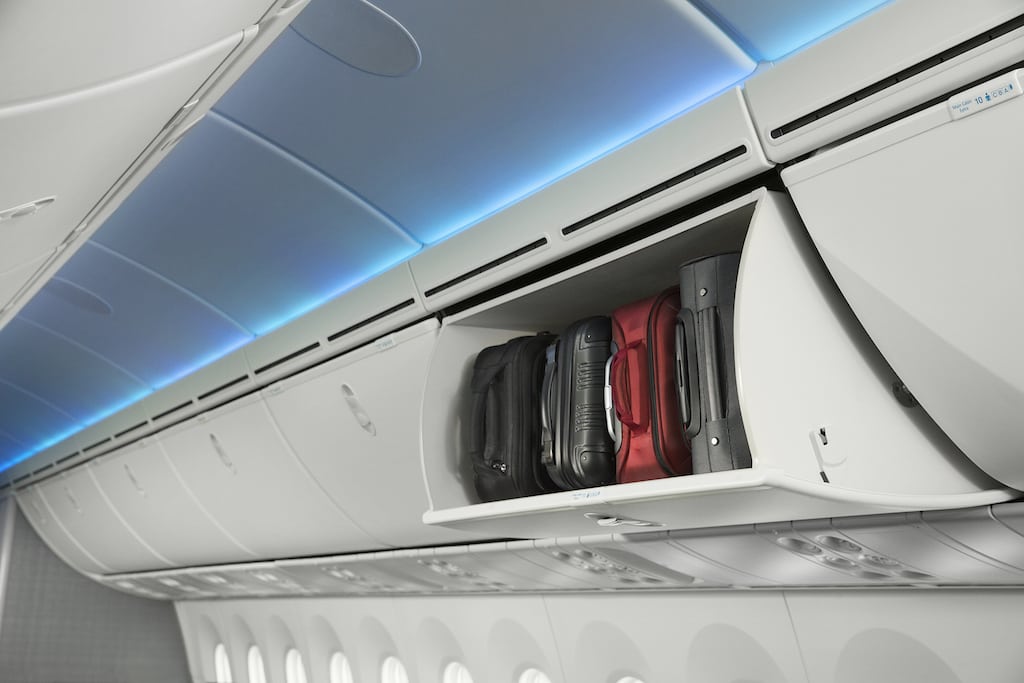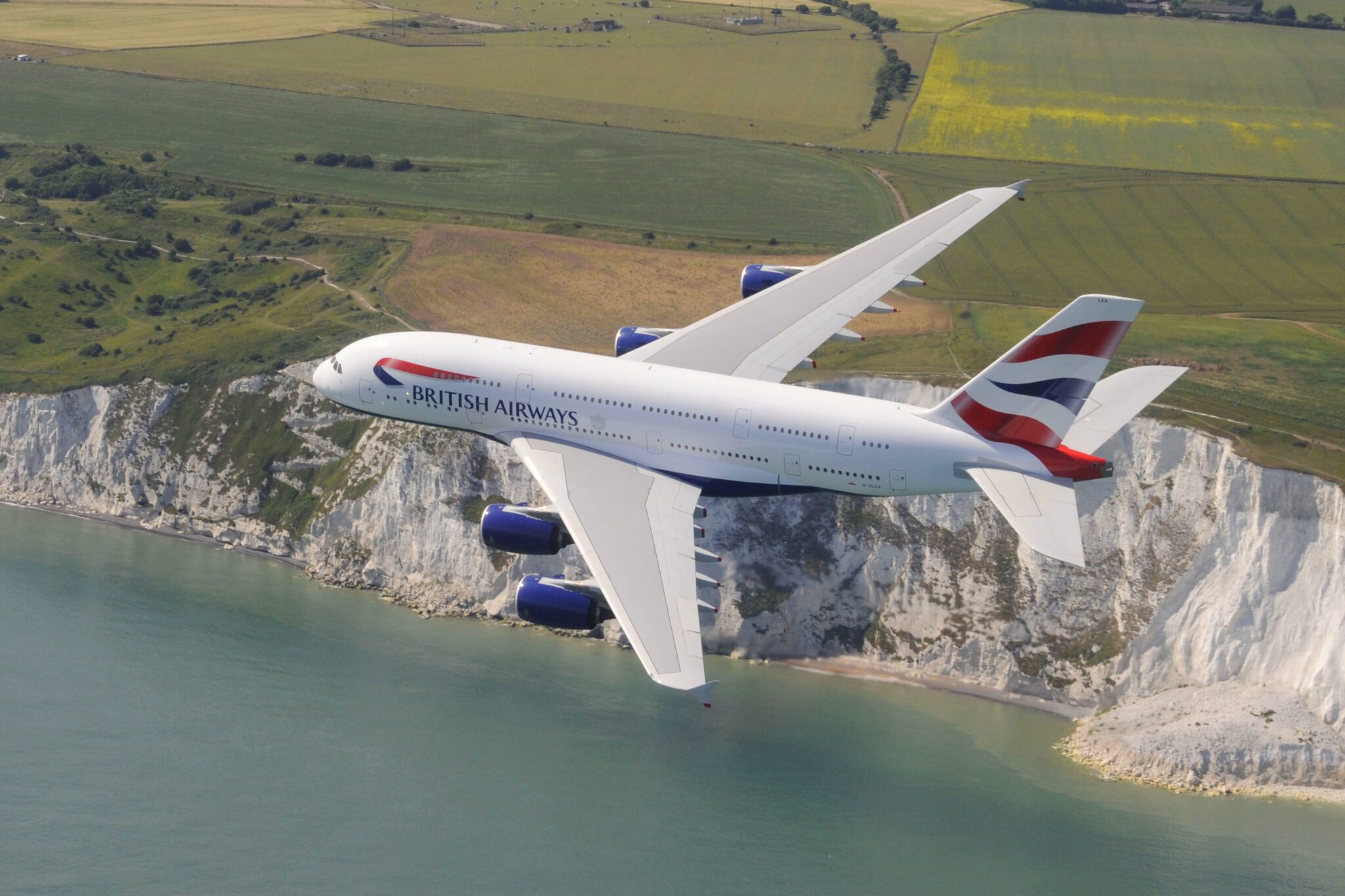Customers Cram Carry-Ons as U.S. Airlines Look the Other Way

Skift Take
A recent Instagram ad showed a roomy carry-on bag that the company promised would fit in an overhead compartment.
In the comments, a satisfied customer said she’d been able to pack 50 pounds of stuff into hers. What? Fifty pounds is the weight limit many airlines impose on checked baggage.
Is it cheating? Apparently not.
Even though the price of jet fuel has gone up roughly 39 percent from a year ago, most airlines do not police the weight of carry-on bags. True, many are trying to take away the biggest carry-ons at the gate, either by looking for volunteers to check them, or simply ordering passengers to give them up. But that’s usually an issue of bag size, not weight.
At least on large jets, how much each bag weighs doesn’t matter much. A bigger aircraft can operate safely even if passengers bring larger bags than recommended.
When engineers design a plane, they make intricate calculations about the weight of passengers and the bags that they may bring on board, explained L. Scott Miller, professor of aerospace engineering at Wichita State University.
“They pretty much use what I call a statistical estimate of what people are going to bring on a plane,” Miller says.
An aircraft manufacturer might assume each passenger weighs an average 195 pounds, and brings 75 pounds of luggage – 50 pounds in a checked suitcase, 25 pounds in a carry on. Some will bring heavier bags, and others none at all.
Weight is more of a factor for small aircraft than for large ones, Miller said.
“It’s why sometimes on an airplane, the air crew might ask people to move from the front to the back or the back to the front,” Miller says. “On a small plane, the luggage is a larger percentage of the airplane weight, because it’s a small plane.”
But on a big jet, your 50-pound carry on is not going to matter in the wider scheme of things, he says. “Nobody worries about it, because the engineers did their job,” he said.
Miller says airlines are more concerned about loading and unloading a jet quickly than they are about what you bring on board, assuming it fits into the allotted space and doesn’t threaten to bring the overhead compartment crashing down.
Airlines also are concerned about safety, in case of emergencies that require an evacuation.
That’s a key reason passengers are told to put the heaviest bags in the overhead compartment, and smaller items on the floor beneath the seat in front of them.
“If a light backpack ends up in the middle of the floor, it’s easy to move it out of the way. If it’s a heavier carry on, someone could trip on it and hurt themselves,” Miller said.
Overseas, some airlines take carry-on weights more seriously. TAP Air Portugal limits the weight of personal items for those flying in economy class to 4.4 pounds, while larger carry on bags have a weight limit of 17 pounds. In business class, passengers can bring two carry ons, for a total of 34 pounds, and one personal item of up to 4.4 pounds.
In Asia, many airlines and airports impose carry-on weight limits, and some even weigh carry-on bags. Singapore Airlines says carry-on bags should not exceed 15 pounds (7 kilograms). Meanwhile, the Civil Aviation Administration of China (CAAC) requires domestic carry-on bags not exceed 22 pounds (10 kilograms). Individual airline rules apply for international flights.
In an extreme, U.S. airlines could begin weighing bags at the gate, as some Asian carriers do. That’s something that could be tempting if fuel prices continue to increase, because, while weight doesn’t affect a large aircraft’s ability to fly, it costs an airline more money to fly a heavier airplane. (Boeing and several U.S. airlines did not comment about their bag weight policies.)
For an airline, small changes can lead to smaller fuel bills. Earlier this year, United said it had saved 170,000 gallons of jet fuel by printing its inflight magazine on lighter paper.
“Weight costs you fuel,” Miller said.
But if a U.S. airline started weighing carry-ons, it could slow the boarding process, which many travelers already think is too slow.
Just as engineers make their own calculations about the weight a plane can carry, airlines have to calculate whether a slower boarding time is worth requiring agents to act as nannies for bag weights. For now, passengers can feel free to bring those heavy carry-ons with confidence.
“People complain about regulations all the time,” Miller said. “When they don’t happen, it’s awesome.”




